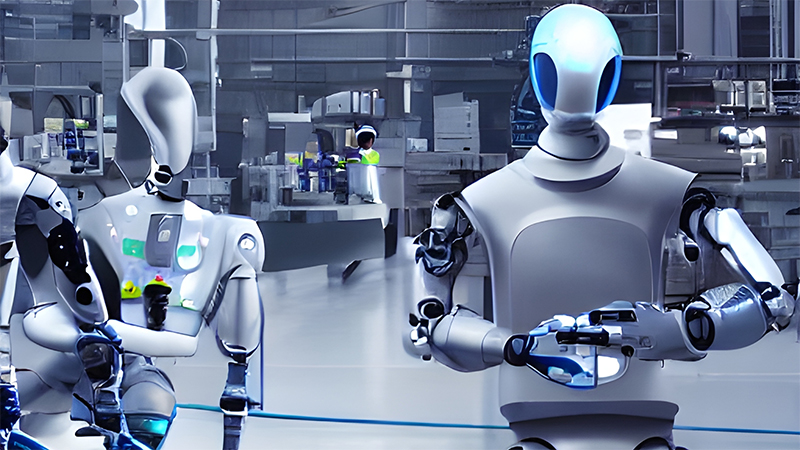The landscape of artificial intelligence (AI) is rapidly evolving, offering a myriad of tools and techniques for AI engineers to leverage in crafting cutting-edge solutions. This article dives into essential technologies and methodologies that constitute the modern AI engineer's toolbox, highlighting key resources and their practical applications.
Programming Languages and Frameworks
Python: Dominating the AI landscape, Python stands out for its simplicity and readability, paired with a rich ecosystem of libraries like TensorFlow, PyTorch, and Keras. These libraries facilitate the development of complex machine learning (ML) models with fewer lines of code, enabling rapid prototyping.
JavaScript: With the rise of TensorFlow.js, JavaScript has become a crucial tool for integrating AI directly into web applications. This allows for the execution of models in the browser, reducing server load and enhancing user experience.
Frameworks and Libraries:
- TensorFlow: Google's open-source library for numerical computation and ML, TensorFlow enables the easy development and training of deep learning models.
- PyTorch: Known for its flexibility and user-friendly interface, PyTorch is favored for research and development in academia and industry.
Data Handling and Processing
Data Collection and Preprocessing:
- Data is the lifeblood of AI. Efficient collection and preprocessing techniques, such as normalization, tokenization, and data augmentation, are vital for preparing datasets for model training.
Big Data Technologies:
- Apache Hadoop: A framework that allows for the distributed processing of large data sets across clusters of computers using simple programming models.
- Apache Spark: An engine for large-scale data processing that offers APIs in Python, Java, Scala, and R. Spark is known for its speed and ease of use in processing big data.
Model Deployment and Scaling
Containerization and Virtualization:
- Docker: A tool designed to make it easier to create, deploy, and run applications by using containers. Containers allow an AI engineer to package up an application with all of its parts, such as libraries and other dependencies, and ship it out as one package.
- Kubernetes: An open-source system for automating deployment, scaling, and management of containerized applications. It ensures that the deployment of AI models is efficient and scalable across multiple environments.
Cloud Computing Platforms:
- Major providers like AWS, Google Cloud, and Microsoft Azure offer robust AI and ML services that allow engineers to train and deploy models at scale, with the flexibility of managing costs and resources effectively. These platforms provide tools for every stage of AI development, from data storage to model deployment, ensuring that AI engineers can focus on innovation rather than infrastructure.

Ethical AI and Bias Mitigation
Tools for Fairness:
- AI fairness tools, such as IBM's AI Fairness 360, offer comprehensive libraries designed to help detect and mitigate bias in ML models. These tools are crucial for ensuring that AI systems are ethical and do not perpetuate existing inequalities.
Transparency and Explainability:
- Libraries like SHAP and LIME provide mechanisms for understanding and interpreting the decisions made by complex models. This transparency is essential for building trust in AI systems, particularly in critical applications like healthcare and finance.
In conclusion, the toolbox of an AI engineer encompasses a broad range of programming languages, frameworks, and technologies designed to streamline the development, deployment, and management of AI systems. With these tools, AI engineers are equipped to tackle the challenges of modern AI development, from handling big data to ensuring ethical AI practices.